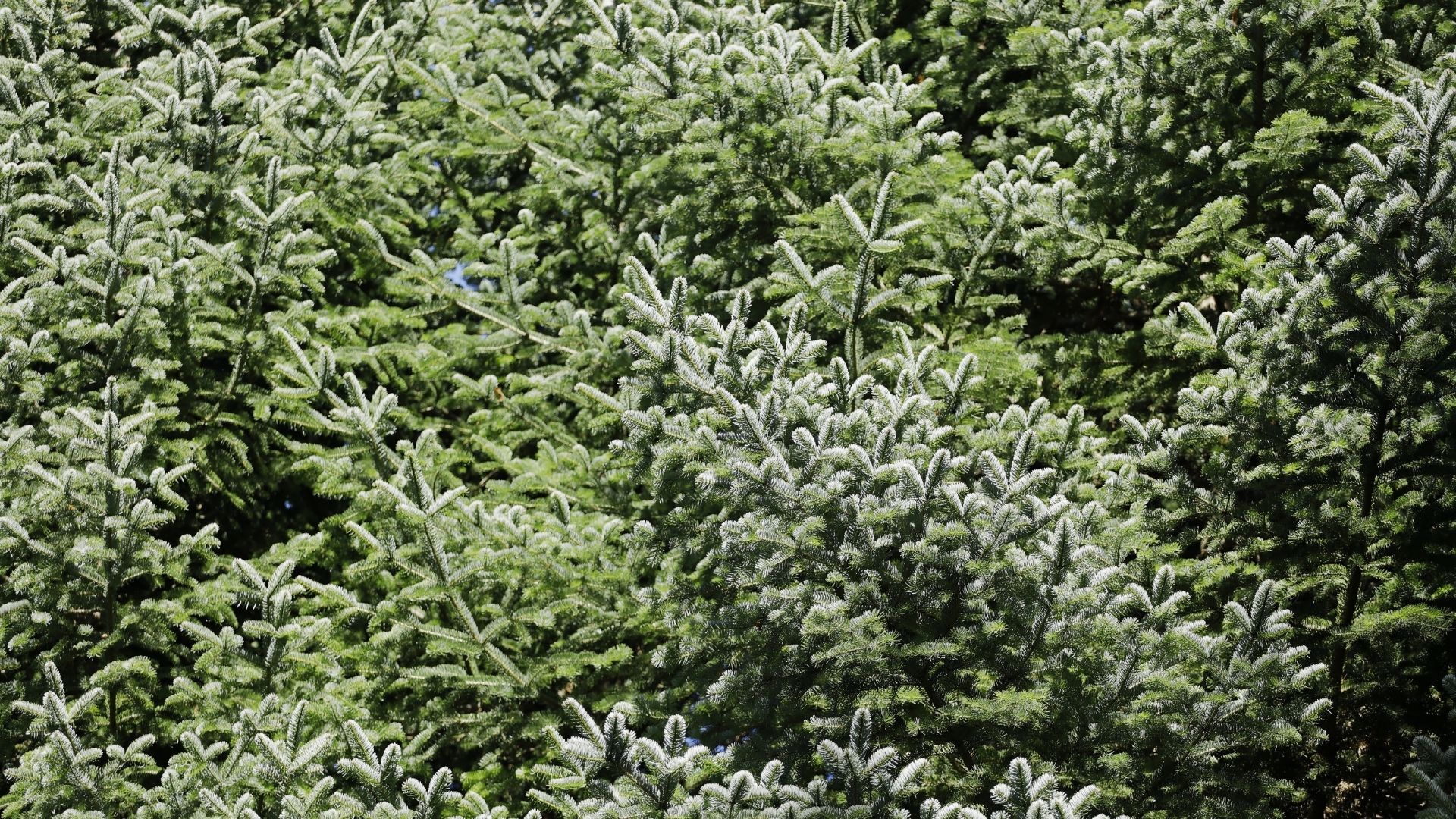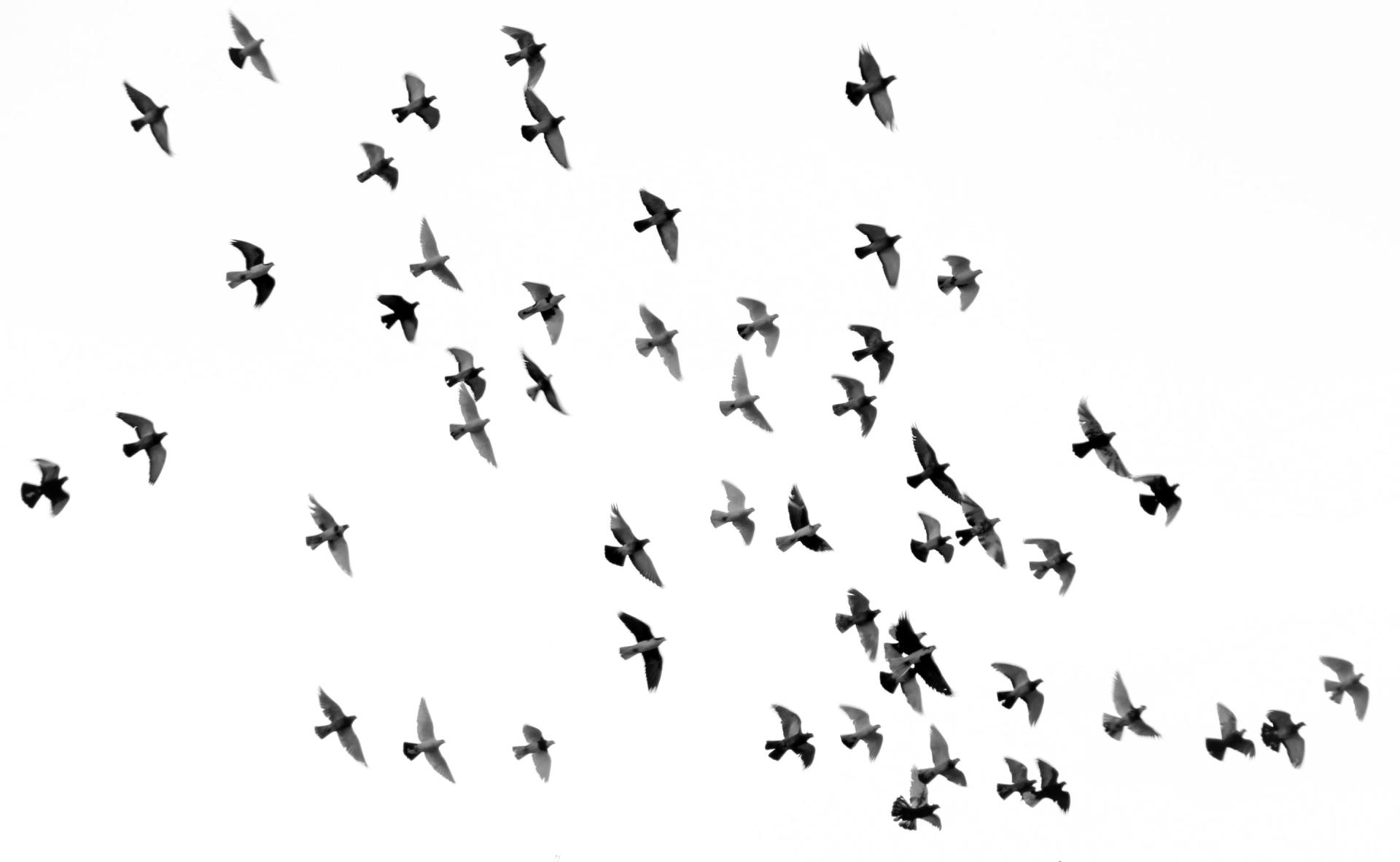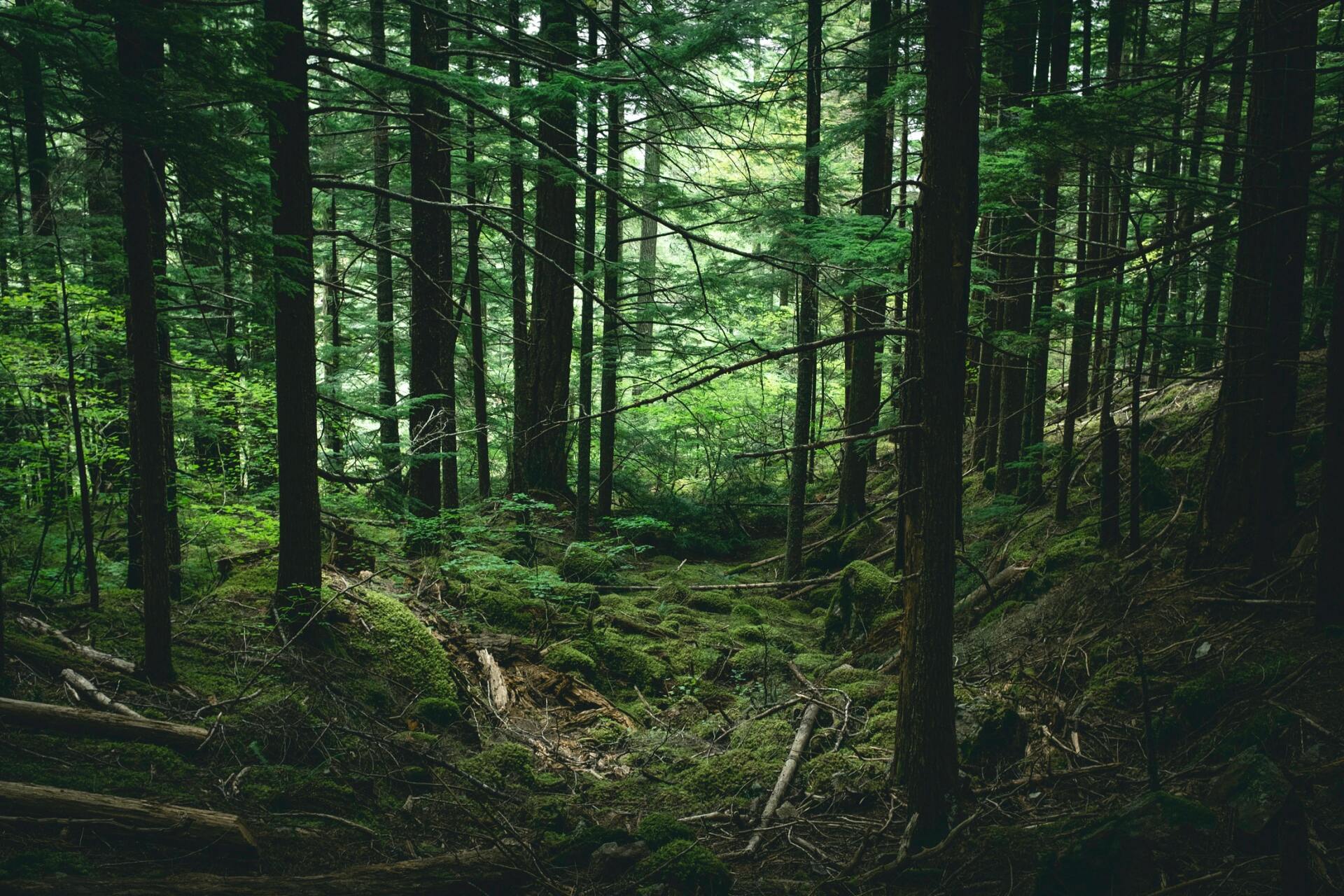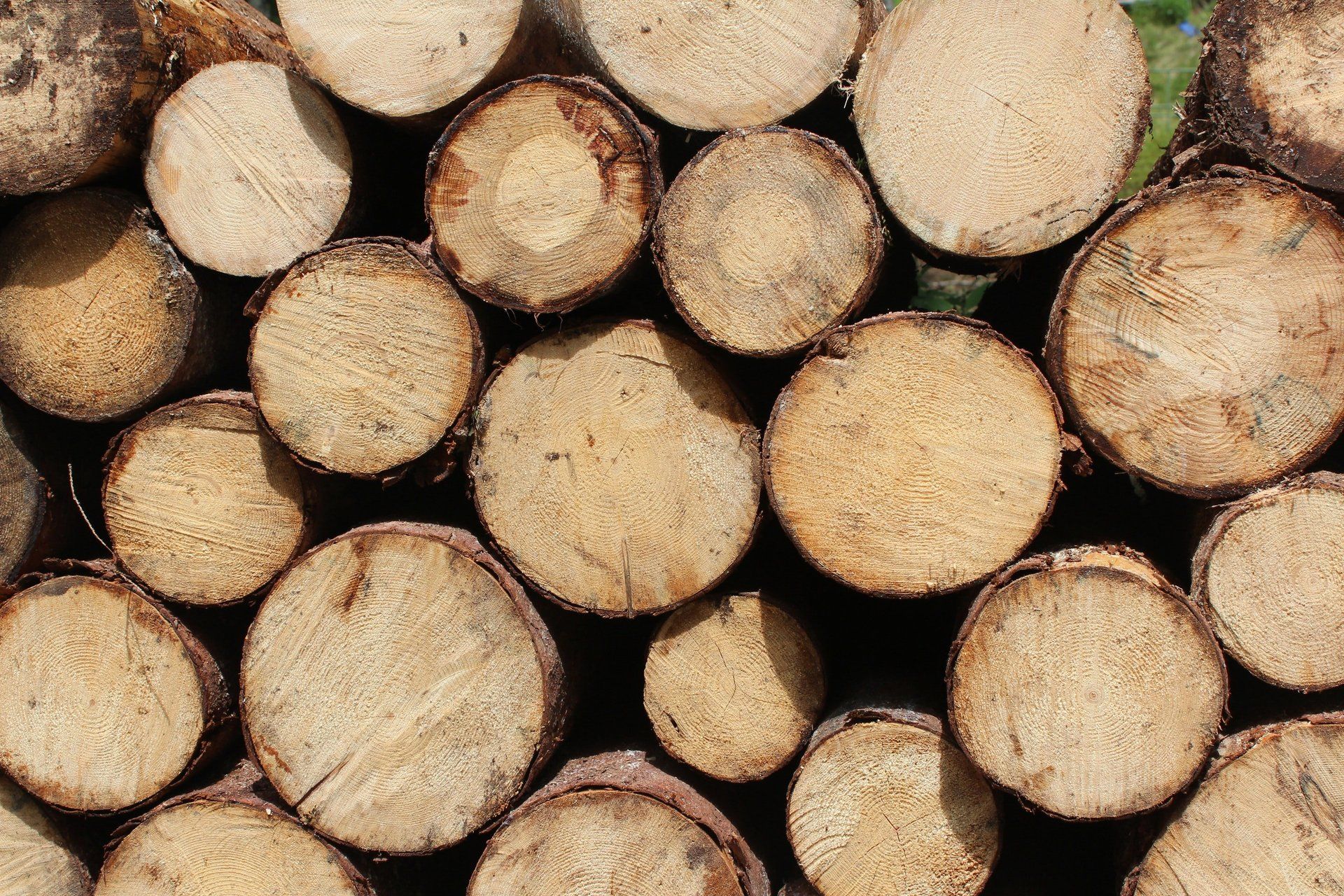What is ash dieback? Is it preventable? Can I stop it?
What is ash dieback?
At Chris Arnold Tree Surgery, we have had a lot of enquiries about ash dieback from clients and members of the public, wanting to know more about it and whether their trees are at risk.
What is ash dieback?
Ash dieback, also known as ‘Chalara ash dieback’ to differentiate it from other forms of ash dieback, is caused by Hymenoscyphus fraxineus, a type of Ascomycete fungus, and is a chronic fungal disease that affects the European ash (Fraxinus excelsior), also known as the common ash.
It originated in Asia and is thought to have been introduced to Europe around 30 years ago.
It has devastated European ash populations ever since because our native ash trees have not evolved with the disease, like their Asian counterparts, and so have no natural defence against it.
Chalara ash dieback has spread to, and been recorded in, most of the UK.
If you’re interested and would like to see how prolific the spread of Chalara ash dieback is, you can view this interactive map from the Forestry Commission. *Bear in mind that the map only shows confirmed Chalara ash dieback cases – the spread may be much more severe than indicated on the map.
Is ash dieback preventable?
The Woodland Trust have said “Ash dieback will kill around 80% of ash trees across the UK. At a cost of billions, the effects will be staggering. It will change the landscape forever and threaten many species which rely on ash.”
It is very difficult to control or limit the spread of the fungus, as it produces its fruiting bodies between July and October and releases spores into the air. The wind then carries these spores for up to tens of miles before they stick to, and then penetrate, the leaves of a tree.
It is very difficult to control the natural spread of an airborne fungus like Hymenoscyphus fraxineus, but we can slow it and do our best to minimise the impact it has on our native ash species.
After you have visited, but before leaving, any forests, parks, woods or gardens you can brush off any mud, leaves, twigs, soil or other debris and plant matter from your footwear and from the wheels of any cars, bikes, buggies and wheelchairs that you may have brought with you. It would be beneficial if you washed these when you got home also, before visiting any other areas.
When visiting any sites that may be affected by Chalara ash dieback, you can try to ensure your vehicle is parked on concrete, gravel, tarmac or any other hard-standing surface as opposed to grassland or dirt, if possible.
Many bike trails in forests have wash-down facilities that visitors can use to wash their bikes before and after using the trails to reduce the risk of spreading diseases.
If you manage any grounds, or have ash trees growing on your own grounds, you can help prevent the spread of Chalara by deep composting, burying or, if permitted, burning any fallen ash leaves. This will help to disrupt the life cycle of the fungus, which overwinters in foliage and leaf litter on the ground, particularly on ash leaf stalks.
How do you spot Chalara ash dieback?
Ash dieback is easiest to spot in the summer months, July to September, before the leaves start to naturally change colour, ready to fall off the tree in autumn. Autumn colour changes in the leaves can sometimes be easily confused with the effects of Chalara ash dieback if you aren’t familiar with the effects of the disease.
The first signs of an ash tree developing an infection of Hymenoscyphus fraxineus that you may spot are the blackening and wilting of the trees leaves and some shoots.
When the ash tree becomes infected, it will shed its leaves prematurely and in some ash trees the fungus can spread to its branches and trunk. When the disease spreads from the leaves further into the tree it can develop dark lesions at the junction of a branch with the trunk and the inner bark of the tree can look brownish-grey underneath these lesions.
Young trees are the most susceptible to ash dieback and less likely to survive. Older ash trees can withstand exposure to the fungus for longer but consistent attacks, year on year, will eventually claim its life or cause it to become vulnerable to the effects of other pests and diseases.
Ash is one of Britain’s most important native, and one of our most abundant, tree species. The common ash (Fraxinus excelsior) makes up around 12% of Great Britain’s broadleaved woodland and grows in a large variety of soil types and different climates.
It is vital that we protect our native ash trees as much as we can from the onslaught of Chalara ash dieback.
It is hoped that over time the species will build up a natural genetic resistance to the fungus but in order to give our native ash trees the best chance of this, which is likely to take over 50 years, we need to reduce the number of Hymenoscyphus fraxineus in the atmosphere. We can do this by following the steps outlined previously in this blog and reducing the spread of the fungus wherever possible, as well as monitoring its spread within the common ash population.
For more information on the disease and what is being done about it you can visit the Woodland Trust’s website, the Forest Research’s website, or the Arboricultural Association’s website, all of which have some valuable information on Hymenoscyphus fraxineus and how to identify and manage it.
If you find the disease amongst your native ash tree population, you can report it using the Forest Research’s Tree Alert service, which will help track the disease and its impact throughout the UK.
If you suspect that any ash trees on your property may be suffering from Chalara ash dieback or if you have any questions relating to the disease, feel free to reach out to Chris Arnolds Tree Surgery – one of our friendly team members will be more than happy to help.
If you need any assistance in managing any ash trees on your grounds to reduce the spread of the fungus, we will also be happy to help – just give us a call on 01242 621051.
Chris Arnold Tree Surgery
Far Stanley, Oakleys,
Cheltenham GL54 5HF
T:
01242 621 051
M:
07961 973 081
E:
info@chrisarnoldtreesurgery.co.uk
TREES
VEGETATION
Chris Arnold Tree Surgery
Chris Arnold Tree Surgery








